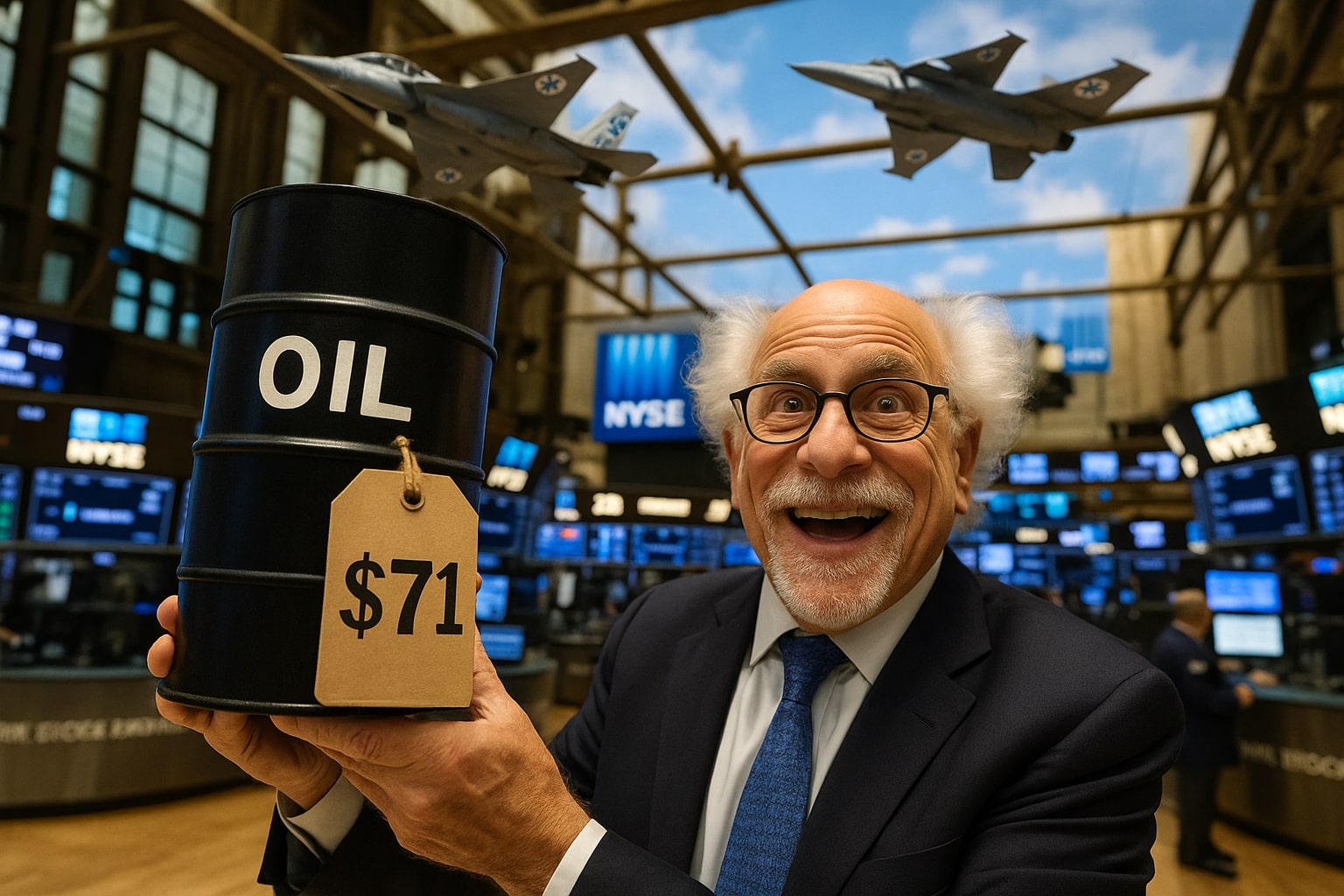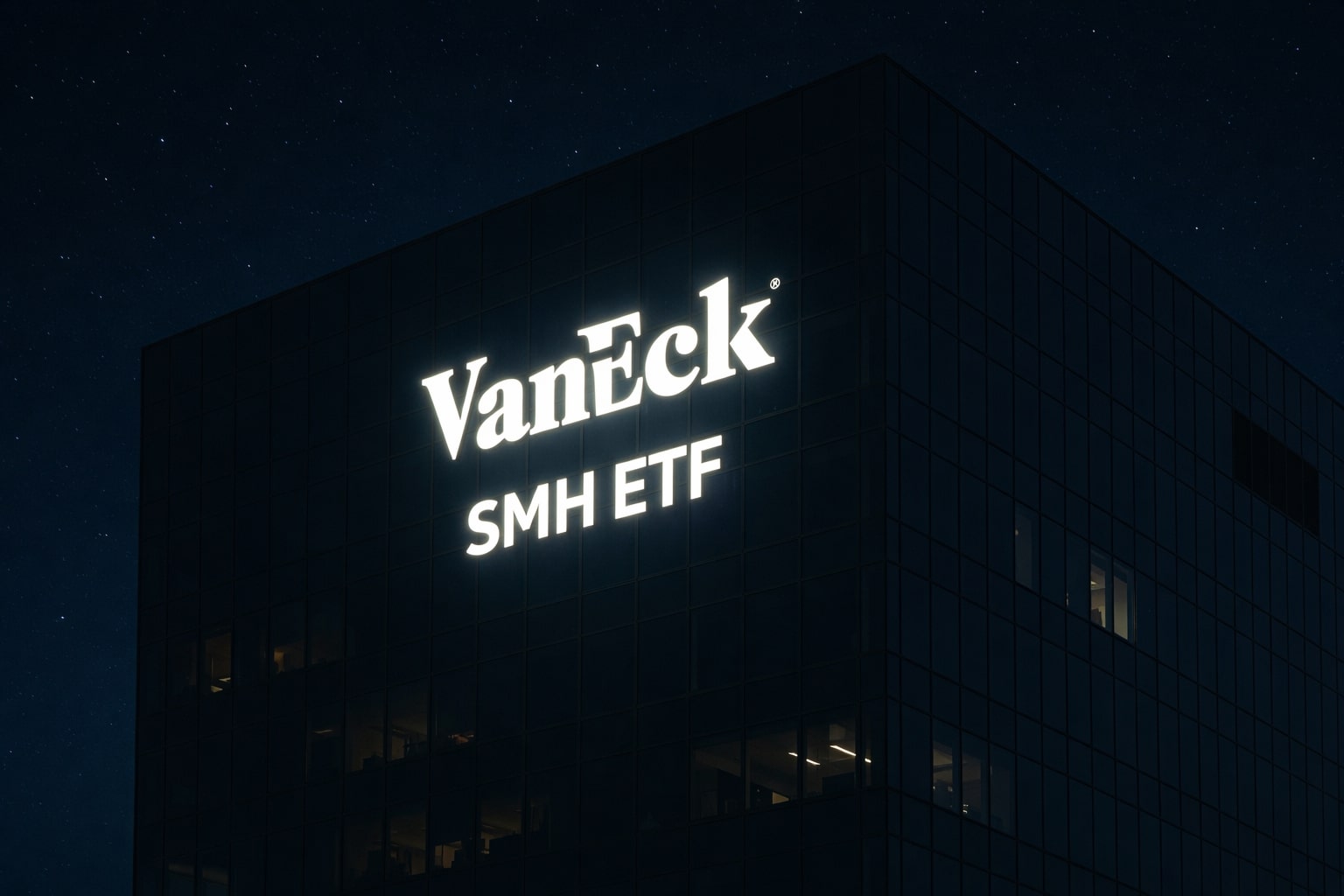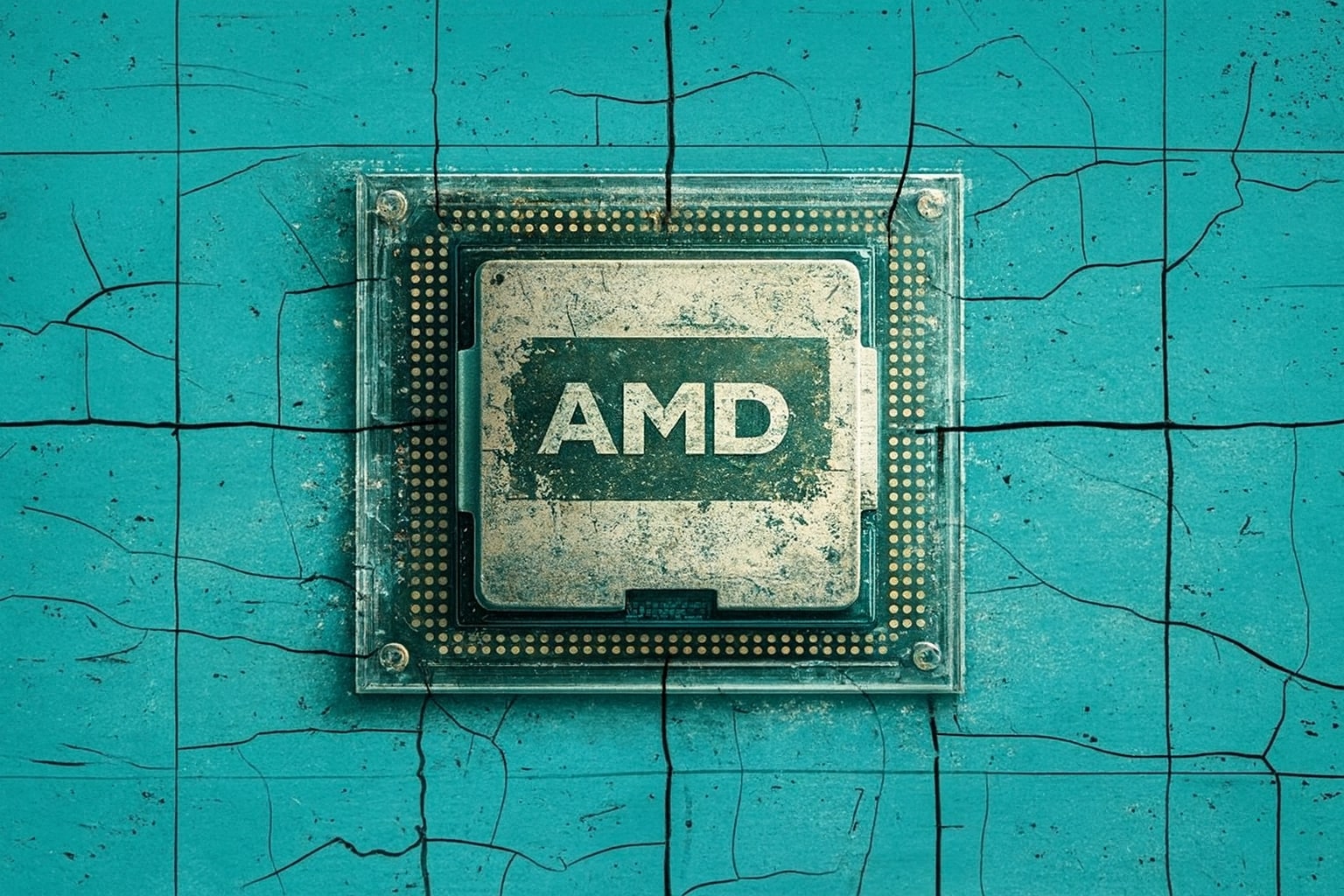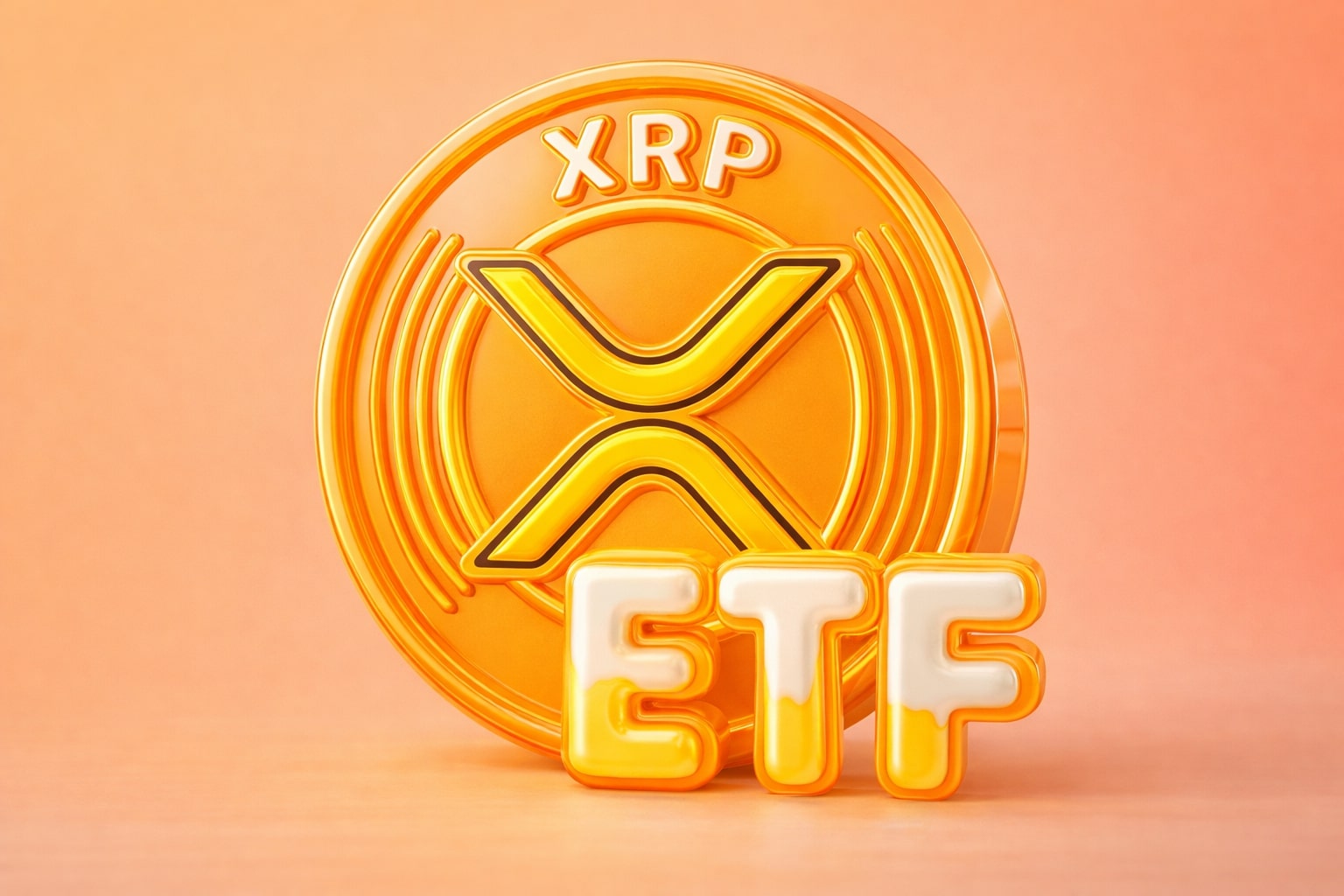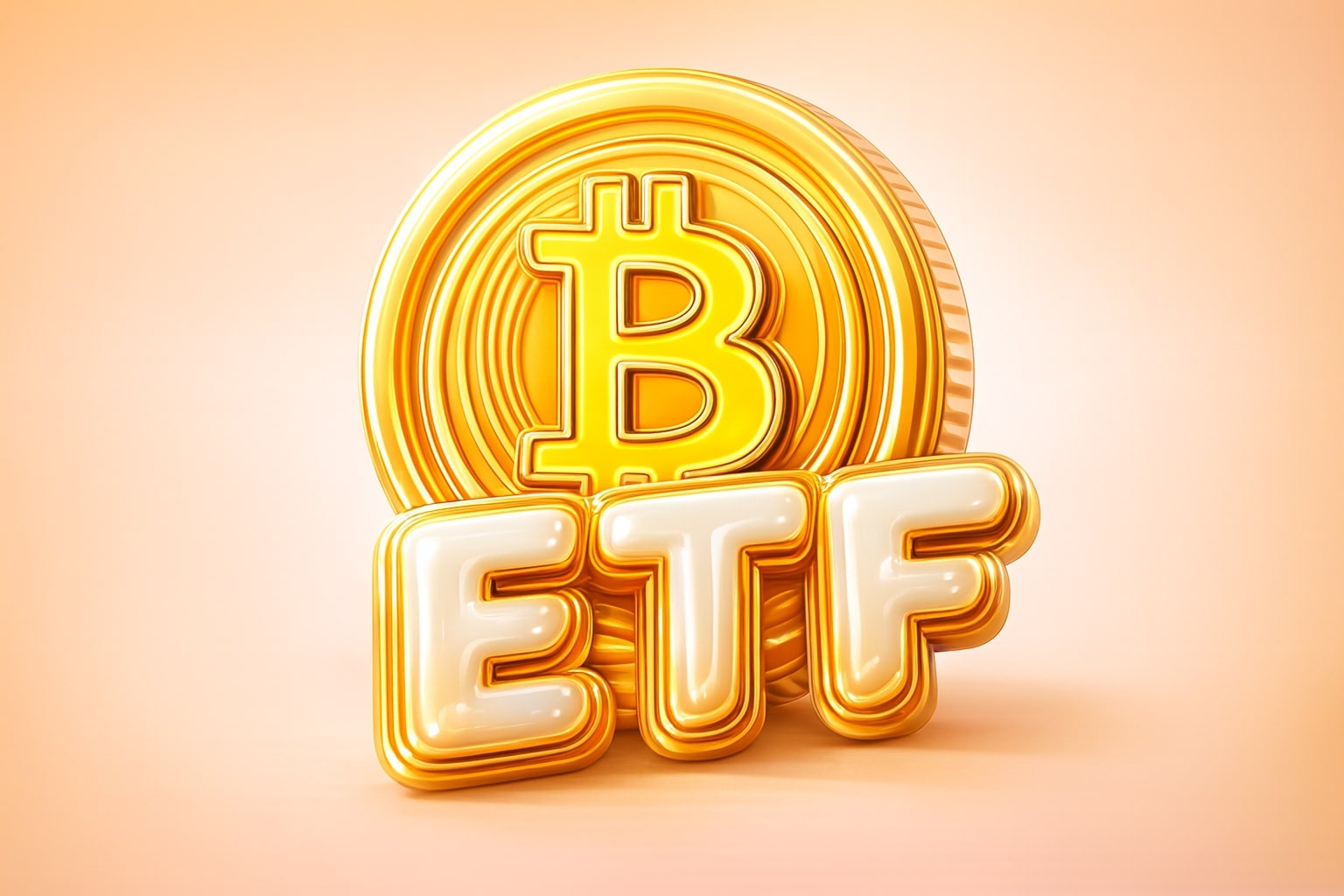U.S. Markets Rebound as Conflict Fears Ease, Tech and Defense Stocks Lead Gains
Nasdaq, S&P 500, Dow Jones Rise on Lower Oil Volatility
U.S. equity markets staged a significant comeback Monday, fueled by investor relief over subsiding fears that the Israel-Iran conflict could escalate into a full-blown regional war. The Dow Jones Industrial Average gained over 230 points, while the S&P 500 rose 0.7%, and the Nasdaq Composite advanced 1% after heavy losses Friday, when the Dow sank more than 700 points, marking its worst single-day drop in weeks.
The recovery in sentiment was partially driven by cooling WTI crude futures, which dropped to $71.63, reversing a sharp rally that saw prices spike above $77 over the weekend. Brent crude followed suit, settling at $72.92. With Iran threatening to shut the Strait of Hormuz, risk assets initially pulled back on Friday, but easing tensions—and no immediate disruption to crude flows—triggered a sharp reversal across indices.
Energy Sector Pulls Back After Extreme Surge
Energy stocks, which had led the previous rally, saw mixed action. The Energy Select Sector SPDR ETF (XLE) had soared 5.6% last week, placing the sector in what Bespoke Investment termed “extreme overbought” territory. However, the unwind of risk-premium in oil led to some profit-taking. Still, geopolitical pressure on supply—especially Iran’s control of 20% of global oil flow through Hormuz—remains a significant wild card.
Tech Mega-Caps Regain Momentum, Tesla and Palantir in Focus
All seven members of the so-called "Magnificent Seven" rebounded as oil retreated. Tesla (NASDAQ:TSLA) rose 1%, clawing back recent losses tied to tensions between Elon Musk and President Trump. Meta Platforms (NASDAQ:META) also moved up nearly 1%. However, the most notable move came from Palantir Technologies (NASDAQ:PLTR), which jumped 3.79% to $142.61, and has now gained over 5% in two sessions amid growing interest in defense and surveillance capabilities during heightened geopolitical risk.
Defense contractors like Northrop Grumman (NYSE:NOC) and Lockheed Martin (NYSE:LMT) held firm after surging 3-4% Friday. Palantir, with deep Pentagon ties, is increasingly viewed as a digital warfare proxy in volatile times.
Semiconductor Catalyst: AMD Gets AI Boost
Advanced Micro Devices (NASDAQ:AMD) rose more than 2%, aided by a bullish revision from Piper Sandler. The brokerage now expects AMD's AI-driven data center business to surge in the back half of 2025, once headwinds from China-related compliance measures fade. The confidence is reinforced by signs of renewed hyperscaler demand, likely including Amazon or Microsoft, though specifics remain under wraps.
With NVDA still holding market leadership in AI GPUs, AMD’s upward re-rating suggests a potential reshuffle among semiconductor plays, especially given AMD’s improved margin outlook post-Q3.
CarMax Cut by JPMorgan Amid Supply Constraints
In stark contrast, CarMax (NYSE:KMX) remains under heavy pressure. Shares have dropped over 20% year-to-date, with JPMorgan lowering its earnings outlook and maintaining an underweight rating. The firm cited severe shortages in 1–5-year-old vehicle supply, softening sales trends, and rising loan losses. The $65 price target is barely above Friday’s close of $64.91, signaling a bearish stance through year-end.
With auto tariffs looming in the background of the Trump economic agenda, CarMax’s margin pressure is unlikely to ease in 2025, making it a clear Sell in our view.
U.S. Steel Soars as Trump Backs Nippon Deal
U.S. Steel (NYSE:X) spiked 5% after former President Trump endorsed Nippon Steel’s $14.9 billion takeover of the company, signaling the removal of a major regulatory barrier. A national security agreement now gives the U.S. government a "golden share," with Trump claiming it provides "total control" over key operational decisions.
That political greenlight has dramatically improved deal certainty. With shares around $54.81, the risk-reward profile improves on M&A arbitrage for investors betting on deal closure, although execution risks tied to national interest clauses remain.
Gold Hovers Near Record as Tariff & Conflict Risks Mount
Gold futures (GC=F) approached $3,450 per ounce, just shy of April’s all-time highs. The metal has gained over 30% in 2025, bolstered by not only safe-haven demand during Middle East volatility but also by the dollar de-risking from central banks across Asia and the Middle East. The pullback to $3,435 Monday did little to disrupt the longer-term bull trend.
Analysts suggest that any renewed escalation—especially if the Strait of Hormuz is closed or U.S. assets are targeted—could push gold decisively into record territory. Strategically, gold continues to absorb flows from long-duration Treasuries, with the 10-year yield above 4.9% no longer compelling relative to geopolitical and inflation risks.
Fed Policy Outlook: Dot Plot in Focus, Trump Wants Cuts
All eyes turn to the Federal Reserve's decision on Wednesday, where expectations are firmly priced in for a pause. However, the bigger reveal lies in the dot plot—the updated forecast for rate cuts through 2025. While the Fed had previously signaled two cuts this year, sticky inflation and rising energy prices may challenge that narrative.
President Trump continues to pressure Fed Chair Jerome Powell to lower rates pre-election, but the macro landscape doesn’t support a pivot. According to CME’s FedWatch Tool, markets now price less than a 20% chance of any move before September.
Bank of America warns that "higher for longer" no longer props up the dollar, potentially complicating export competitiveness and equity performance tied to multinational earnings.
Empire State Manufacturing Data Disappoints
The Empire State Manufacturing Survey came in sharply lower at -16, missing the -6 forecast, marking the fourth straight contraction. Weakness in new orders, shipments, and inventories further cloud near-term industrial momentum, though optimism about future conditions rose, with the six-month outlook improving to 21.2, from -2 prior.
This divergence—short-term weakness vs long-term hope—mirrors broader market sentiment as investors weigh geopolitical events against economic resilience.
Asia-Pacific Equities Rebound as China Data Mixed
Global risk sentiment found support in Asia as well. Japan’s Nikkei 225 rose 1.26%, and South Korea’s Kospi rallied 1.8%, reflecting spillover optimism from easing oil tension and mixed but stable Chinese data. Retail sales in China accelerated to +6.4% YoY, though industrial output slowed slightly to +5.8%, underscoring an uneven post-pandemic recovery.
Meanwhile, India’s Nifty 50 and BSE Sensex both gained close to 1%, joining the global equity recovery narrative.














